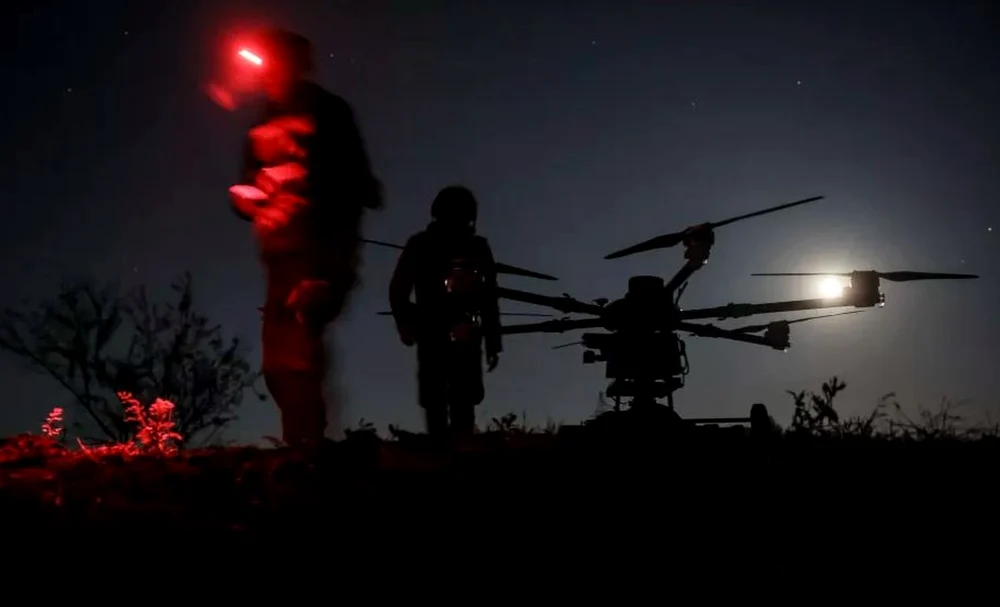Although Russia has bet on the passage of time, a new Ukrainian strategy is beginning to yield unexpected results.
In a forest near the front line, two Russian soldiers emerged from the trees and slowly walked down a dirt road, seemingly unaware that they were being watched from the air. A low-flying Ukrainian drone launched a projectile that exploded between them with an intense orange light. Despite the explosion, the two soldiers got up and limped back into the forest. The attack had failed.
The images were monitored from a Ukrainian command post about 15 kilometers from the front line. The present Ukrainian commander, a solid 39-year-old man known by the code name “YG”, seemed visibly dissatisfied. His task is to repel daily Russian incursions while managing a limited human resource. The drone was just one of the methods he was using to stop the enemy’s advance.
War of attrition: A new paradigm
The conflict has evolved into a full-fledged war of attrition. Any hopes for a diplomatic rapprochement between the West and the Kremlin have disappeared. On the front line, Ukraine’s most acute vulnerability remains a lack of military personnel.
However, a visit by The Atlantic journalists to northeastern Ukraine suggests that the country is managing, through adaptation and innovation, to compensate for this disadvantage. Despite Russia’s numerical advantage, its attempt to conquer an important Ukrainian defensive bastion – a chain of strategic cities and logistics centers – has met with strong resistance. Recent strikes on oil infrastructure and bases behind the Russian front have contributed to slowing the offensive. In August, President Putin publicly called for Ukraine to cede the entire disputed territory – a demand immediately rejected by the international community, writes The Atlantic.
Strategies for conserving human force
Ukrainian officers in the area say the solution to counteracting the troop deficit is the use of technology, especially drones, along with tactics designed to reduce direct exposure: careful use of artillery, precise troop movements, and more efficient personnel rotations.
“Our main goal is to avoid direct contact. The less our soldiers engage in hand-to-hand combat, the better”, a local commander said.
Nine months ago, Ukraine seemed overwhelmed: the arms supply chain was deficient, and Russian troops were advancing using so-called “waves of flesh” – massive attacks with soldiers considered expendable. In the meantime, Ukraine has quickly learned from the lessons of the front, adapted its institutions for a prolonged conflict, and begun to effectively limit its own losses.
“Russia can only win if the West completely abandons Ukraine,” said retired American General Ben Hodges.
Read more HERE

